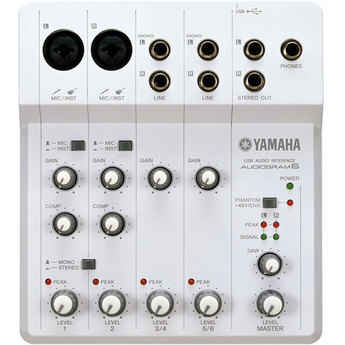
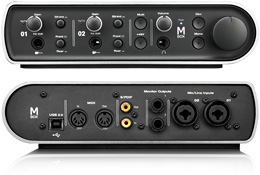
Working with Audio Files - Making Recordings of Your MIDI Player
Digital audio Recording with microphones
Portable Digital Audio Recorders
Editing and Enhancing Digital Audio Recordings
Examples of Different Audio/Editing Methods
This chapter goes beyond burning MIDI files to audio CDs using iTunes (see Working with MIDI Files) It all started ten years ago with a simple sounding request from my father: would I please put those recordings he made on my Disklavier onto a CD he could listen to in his car. He would have been happy with a cassette tape recording made on a boom box in the back of the room! For me, it was Pandora's Box. Thank goodness I was able to produce at least one CD I sort of liked by his 81st birthday, and we are still working on this project. I continue to work with an audio engineer in a recording studio to learn how to do this better.
Digital Audio Recording with
Microphones
Although my father recorded on my Disklavier, he mostly played other acoustic pianos in different places, so I needed a recording system to take on the road. Other Disklavier owners have also made audio recordings of their piano's performances using similar methods. I acquired a PC laptop and the Cool Edit software which only worked with audio files. Then I chose a pair of condenser microphones that required phantom power on a digital audio interface that connected to my laptop. There are as many different kinds of microphones as there are eye pieces for telescopes! You just try to choose one to fit your needs and your budget. I learned about setting up the mics in an X-Y pattern, one on top of the other. Using this method, I quickly realized that true reality was not what I thought it would be. Piano recordings need a little "reverb" mixed in to capture the sound of the strings hanging in the air. Editing is limited to what is actually recorded.
Pictured below is Yamaha's Audiogram 6 digital USB audio interface that supports two microphones and the Avid MBox that has support for 2 mics, and 2 MIDI inputs as well. MBox also comes with ProTools 8 LE.


Portable
Digital Audio Recorders
These are one of the handiest devices ever made. They are about the size of your hand and mount to a tripod. I have made some really decent recordings of people playing their pianos in their homes, as well as some great live recordings thru the line output from the audio engineer's mixer. Notice that they also have condenser microphones built-in that can be positioned different ways. I use the Sony PCM-D50 pictured below, and a good, much cheaper alternative is the Zoom H1. The resulting .wav files can be edited on a computer. See the Music Software section for a list of audio editing software. I have also used these to make digital audio recordings from vinyl records and cassette tapes through the Line In jack.
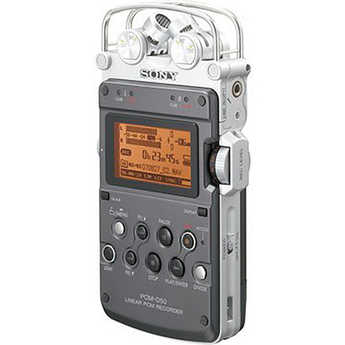
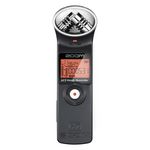
Editing and Enhancing Digital Audio Recordings
This is an area where inexpensive is frustrating. You really need a fast computer with 2GB to 4GB processor memory and an external hard drive to save your work. Use a good software package. My favorites are Logic Studio on a Mac, and Pro Tools LE that comes with an MBox. Both of these packages have MIDI as well as audio editors and come with some decent sounding instruments and good audio enhancing tools like reverb and mixers. If you want to try a full feature audio editor, I put a copy of Cool Edit 96 at: www.midiplayertools.com/Software.
Until recently, it has been impossible to edit audio files with the same precision as MIDI files. A new software program called Melodyne Editor (www.celemony.com) is now available and gives similar capabilities to editing audio files. It is still much easier to edit MIDI files than audio files. MIDI editing is drag and drop on something that looks like a piano roll. You have total control over what note, how long the note is played, the pedal, loudness, etc. This is why I prefer to edit MIDI recordings then run them through a virtual piano plug-in to make an audio file. You have a lot of control over the tuning, voicing and reverb of a virtual piano
Examples of Different Audio/Editing Methods
Digital audio editing is simply making small differences in tables of numbers called algorithms. When you buy a virtual piano, what you are really buying are tables of numbers called presets. These numbers are generated as a way to describe a sound. For virtual instruments, each note is sampled for frequency and loudness, so there are audio samples associated with each note on a particular instrument; piano, guitar, vibes, drums, etc.
MIDI data has no sound of its own; it just describes which note, how long to hold it, and how loud to play it. When MIDI files are "rendered" to audio files, the MIDI data takes on whatever sounds are synthesized into the soundcard on your computer. Computers with built-in synthesized sounds on the motherboard do not have as lovely sounds as those soundcards that need their own slot on the motherboard - usually. This is why the sound coming out of an iMac is better than that of an e-machine, and why a digital audio interface needs to be good quality. I notice a big difference between the Garage Band sounds in the iMac compared to the virtual instruments I have installed as plug-ins using Logic Studio. There is even a sweeter sound yet when using the MBox2 with ProTools LE. It's all just tables of numbers!
To illustrate with both audio and visual examples, I have used the standard MIDI file, Tea For Two.
Standard
MIDI file. ![]() Listen to it on your computer soundcard.
Listen to it on your computer soundcard.
Now it has been converted to an
MP3
![]() file
using iTunes. It is now an audio file and here is what it looks like:
file
using iTunes. It is now an audio file and here is what it looks like:
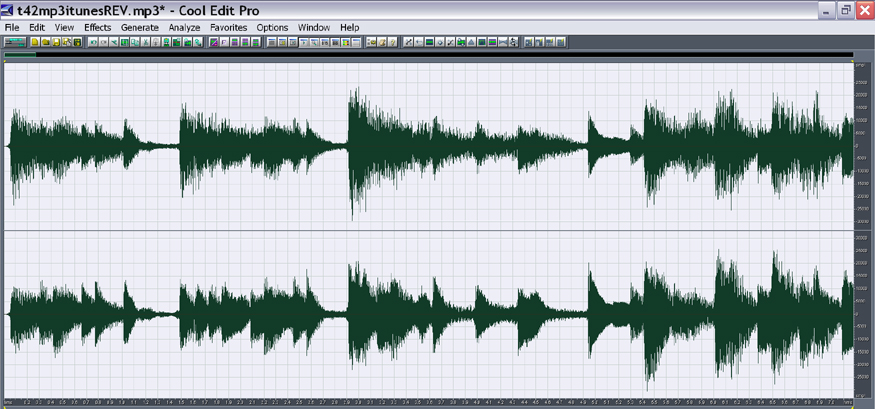
This is the iTunesMP3 with some
reverb added
![]() and
here is what is looks like:
and
here is what is looks like:

Now here is the Tea for Two MIDI run
through a Steingraeber Upright virtual
piano ![]() in MP3 format.
in MP3 format.
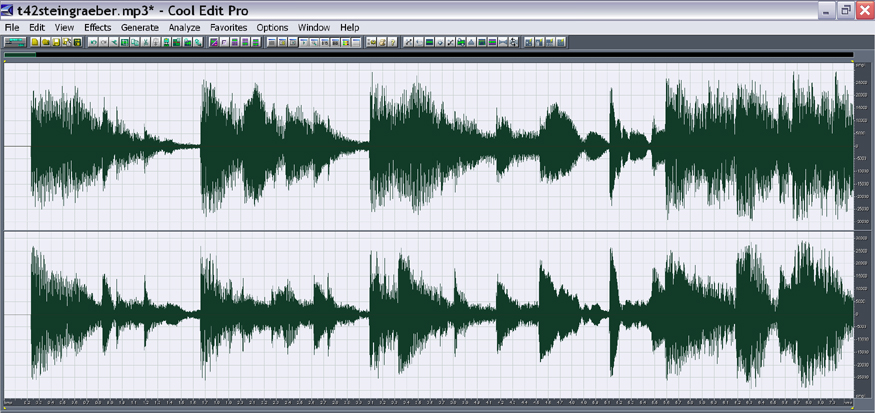
This is the Tea for Two MIDI fun through a
Bosendorfer grand virtual piano
![]() in MP3
format.
in MP3
format.
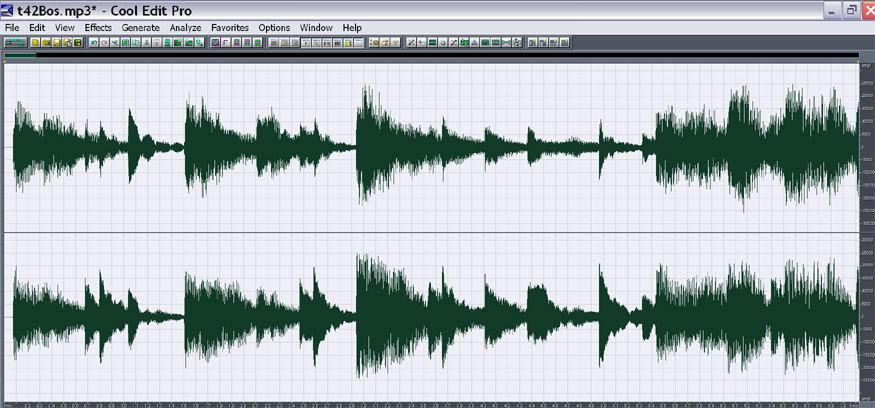
And now, for the ultimate achievement in
MIDI to audio conversion, is the Art Tatum version from Zenph Studios
http://www.zenph.com/shop.html in
MP3 format
![]() This is not an "official" MP3, but one I made myself for this example. The
Super Audio CDs produced by Zenph are probably the finest audio piano
performances made. Their new editor for high resolution MIDI files,
Reperform, will eventually become a VST plug-in (virtual instrument) for
Cubase.
This is not an "official" MP3, but one I made myself for this example. The
Super Audio CDs produced by Zenph are probably the finest audio piano
performances made. Their new editor for high resolution MIDI files,
Reperform, will eventually become a VST plug-in (virtual instrument) for
Cubase.
.
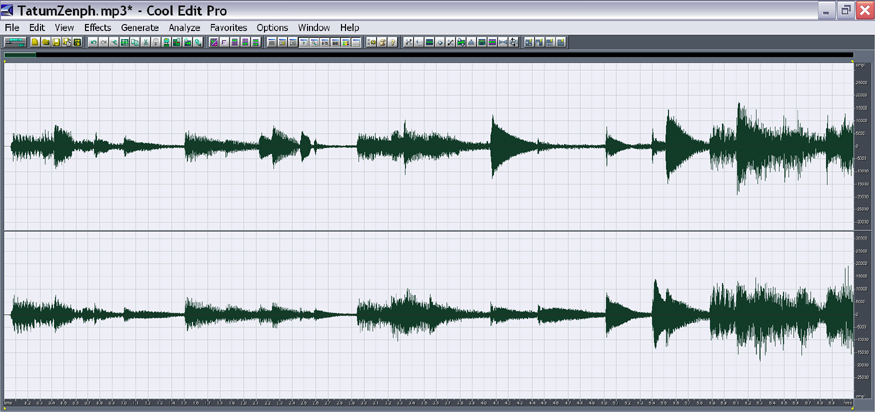
The idea of providing the the first few measures of this recording in the different formats described above, is to illustrate the differences you are hearing. You can see on the waveforms the attack, loudness and sustain of the notes played.